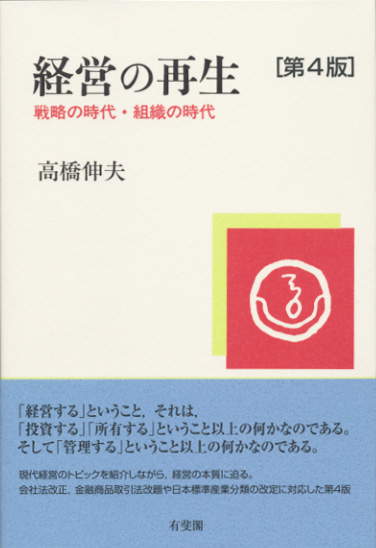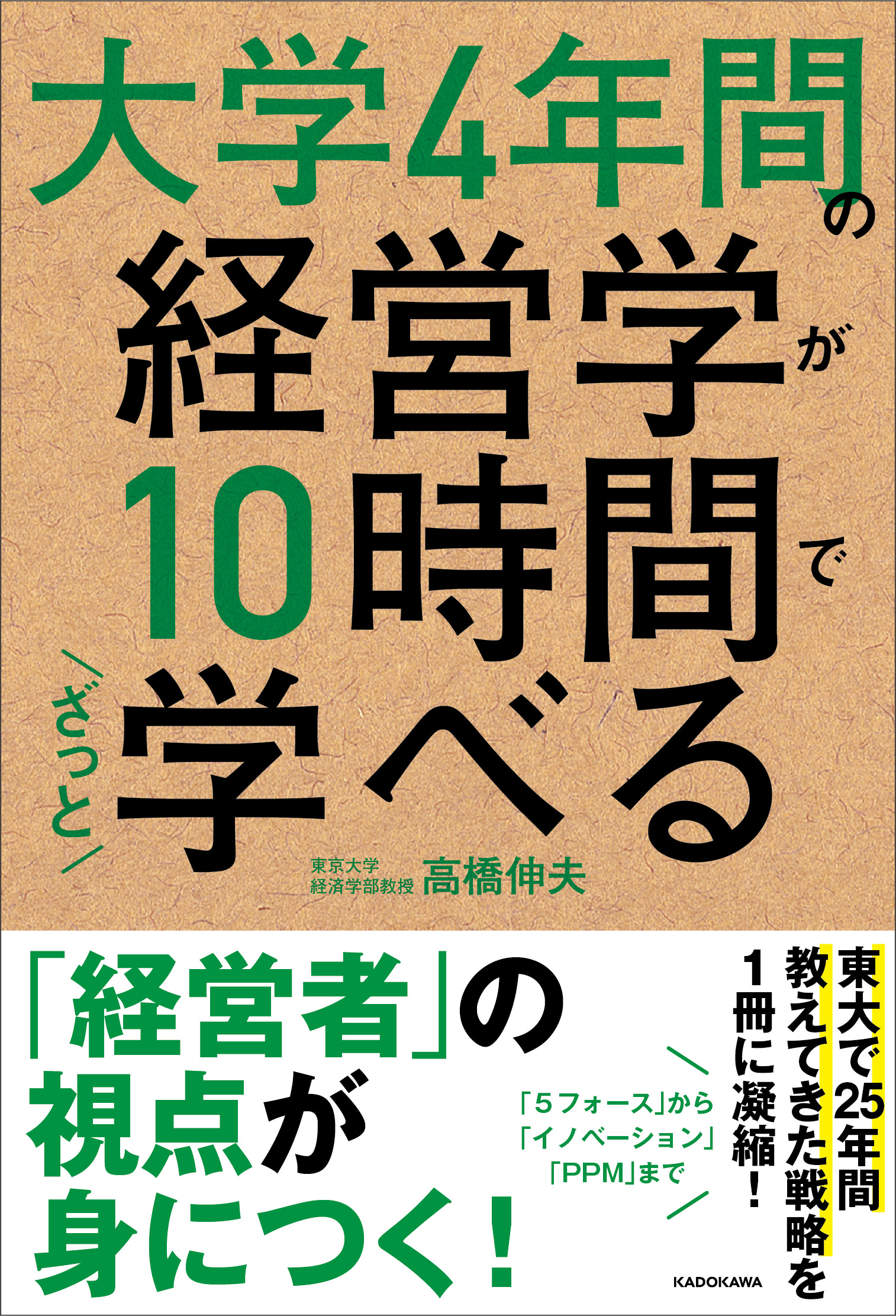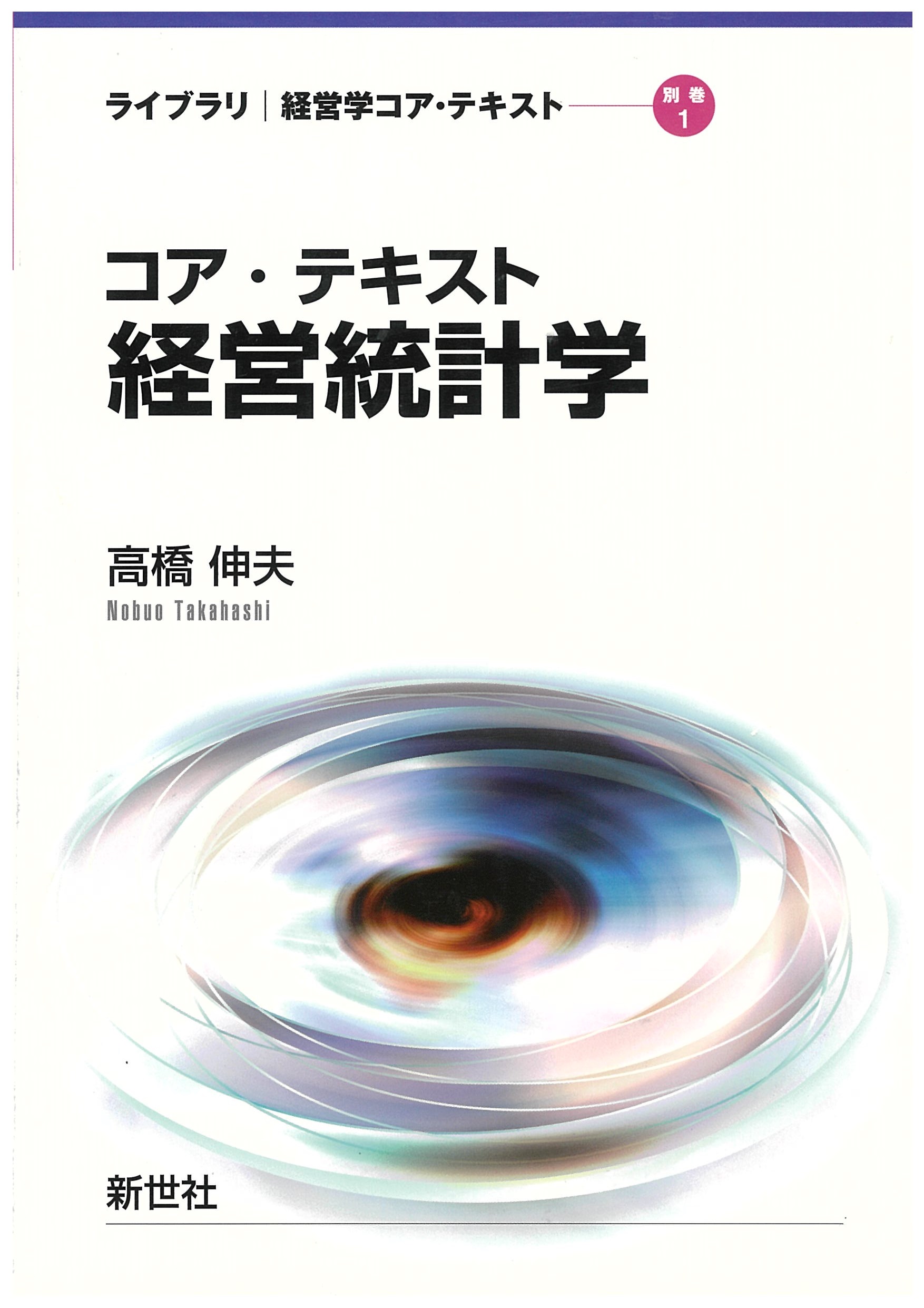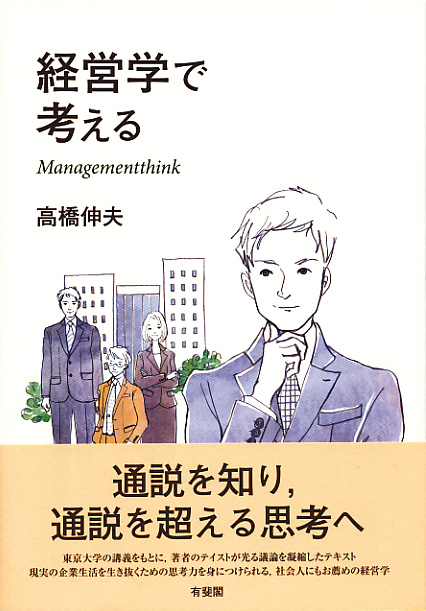
Title
Keiei no saisei (Managerial renaissance: Strategy days and organization days - 4th Edition)
Size
356 pages, 127x188mm, hardcover
Language
Japanese
Released
March 10, 2016
ISBN
978-4-641-16470-3
Published by
Yuhikaku Publishing Co., Ltd.
Book Info
See Book Availability at Library
Japanese Page
In the 1960s, the U.S. companies were much ahead of Japanese companies in diversification. In actuality, it was common for U.S. companies to seek profitable investment opportunities or escape antitrust laws by merging with or acquiring other companies in unrelated businesses. This trend gave rise to massive conglomerates. Product Portfolio Management (PPM) became an area of interest among the U.S. companies where diversification was popular and the 1970s became an era of strategy.
However, because businesses in mature industries sucked up profits in accordance with the PPM theory, the share of traditional U.S. industries declined precipitously. The consequence of acquiring unrelated businesses weighed heavily and corporate managers were unable to either evaluate proposals from their current business divisions or understand their business performance. Managers devoted themselves to portfolio data management and began to lose the ability to maintain their companies as unified organizations. The organizational capabilities of U.S. companies, indispensable for market competitiveness, were destroyed, and many capital-intensive industries that were the drivers of the U.S. economy rapidly lost market share both domestically and internationally.
In the 1980s in the U.S., there was a great clamor over the lingering drop in productivity among U.S. companies, and the word “culture” became a buzzword with the rise of Japanese companies. Several books claiming the need for the U.S. companies to learn from the management of Japanese companies were published. However, that really wasn’t necessary. One only needed to reconsider the advent of major companies in the U.S. in the 1940s and 1950s and their original concepts and ideas. Business itself is not a luxury building, nor is its strategic analysis, nor the five-year plan. People are at the core of a company’s true existence. The founders of the U.S. companies believed that their role was to create an internal corporate culture in which employees did not worry about making a living and that enabled them to carry out their work in a way that led to the success of the business.
Professional executive Henri Fayol led major French companies to great success as an executive in the thirty-year period from the end of the 19th century to the start of the 20th century and wrote the first book on business management theory. His book was about organizations. Later in the U.S., Chester Barnard, who was the president of an AT&T subsidiary called New Jersey Bell Telephone Company, published the first book on modern organizational theory. He noted that establishing a formal organization and keeping it viable over a long period of time requires a great deal of effort and talent. Barnard’s formal organization is impossible to form when there is a lack of communication, loss of common goals, or a diminished desire for cooperation. Establishing and continuing a formal organization is a challenging task to be accomplished by managers.
(Written by Nobuo Takahashi, Professor, Graduate School of Economics / 2017)



 Find a book
Find a book


 eBook
eBook

